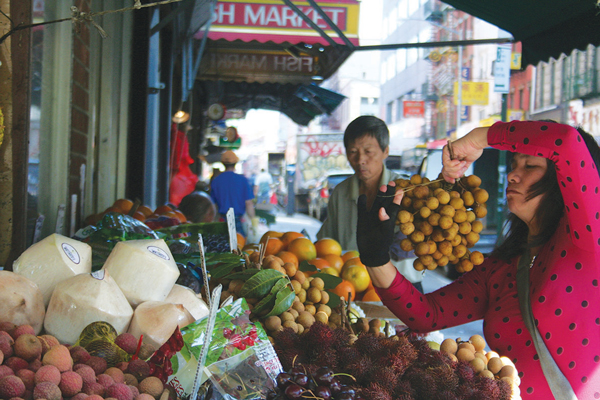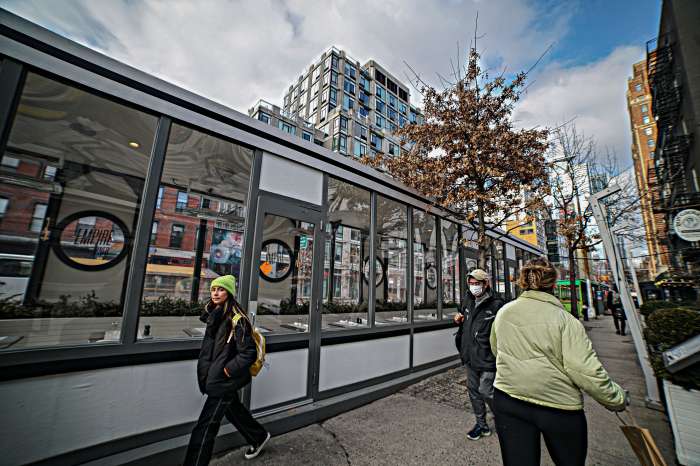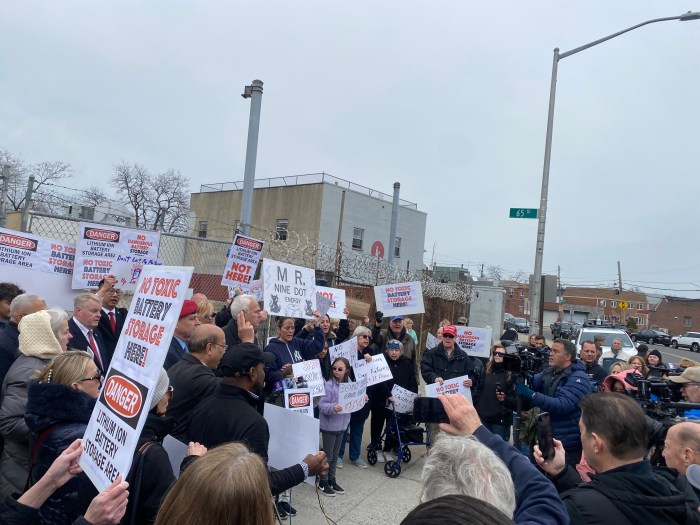 BY VALERIE IMBRUCE | Food is a fundamental human right. And lawmakers in New York City agree — but will they consider food equity when proposing new development?
BY VALERIE IMBRUCE | Food is a fundamental human right. And lawmakers in New York City agree — but will they consider food equity when proposing new development?
Earlier this month, Council Speaker Corey Johnson unveiled a plan to combat food inequity in New York City, outlining the city’s current hunger problems, and proposing ways to improve access, equity and reduce waste. Consequently, Councilmember Margaret Chin introduced legislation to develop a plan to combat food insecurity for seniors in New York City, asserting that “food justice is for everyone.”
Their proposals are laudable, and their claims have much merit. It is inspiring that New York City government is taking action to improve food security and sustainability. The food environment at a neighborhood scale plays a large role in the health and well-being of its residents.
In the case of Chinatown, the food environment is also a magnet for tourists and a unique shopping destination for people from many ethnic backgrounds, not only those of East Asian descent. The food industry cluster in Chinatown — the restaurants, retail markets, supply shops and food manufacturers — provide up to one-quarter of all jobs in Chinatown. It is a cultural and economic jewel worth preserving.
I urge the City Council to consider the effect of any new development on a community’s food environment. This issue should be folded into the Uniform Land Use Review Procedure (ULURP) process.
The most pressing case we are currently facing in Chinatown is Mayor de Blasio’s borough-based jails proposal, which is headed to a final vote by the New York City Council, where Councilmember Chin, who represents Chinatown, holds the pivotal vote.
The mayor’s $11-billion taxpayer-funded plan to shut down Rikers Island includes building a 490-foot-tall detention center in the heart of Chinatown, an undertaking that will take roughly ten years. The disruption to pedestrian activity and transportation during the prolonged construction period can undermine the food security of vulnerable populations that rely on nearby, walkable, food markets. Furthermore, this project could further the displacement of small businesses, an ongoing problem I have already witnessed in Chinatown’s food system. Since the early 2000s, there are now 50 percent fewer produce markets and street vendors. Five of the eight produce wholesalers in Chinatown have left.
Whereas local grocery stores in neighborhoods throughout New York City supply themselves from a large, centralized distribution centers, Chinatown markets do quite the opposite.
The 40-plus grocers in Chinatown work on a micro basis. They buy from wholesale distributors that reside near Chinatown, and the distributors purchase from small- to medium-sized, often immigrant-run farms that grow Asian vegetables and fruits along the East Coast, as well as from farmers in Mexico and Honduras.
The proximity between wholesalers and retailers means the retailers can bypass expensive and timely trucking and do so without outstanding investments in on-site storage, in turn avoiding large overhead costs.
That’s why the produce is in Chinatown so cheap. And so fresh.
Those who buy their produce in Chinatown are used to perusing the offerings along Mott St. and East Broadway, encountering an abundance of vendors who often have more than 150 different types of produce to choose from — some items that can’t be found anywhere else in Manhattan.
Mayor de Blasio’s plan to build a 490-foot prison in Chinatown can have irreparable damages to Chinatown food system.
Speaker Johnson, who has pled for “stronger governance” on food equity, and Councilmember Chin, who claims to “prioritize the well-being, health and safety of residents” in her community, should act in the best interests of their constituents, stand by their comments, and consider how Mayor de Blasio’s jails proposal will impact Chinatown’s food system, one of the city’s historically richest and most vibrant food hubs.
Imbruce is an economic botanist and director of external scholarships, fellowships and awards at SUNY Binghamton’s Environmental Studies Department.




































